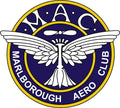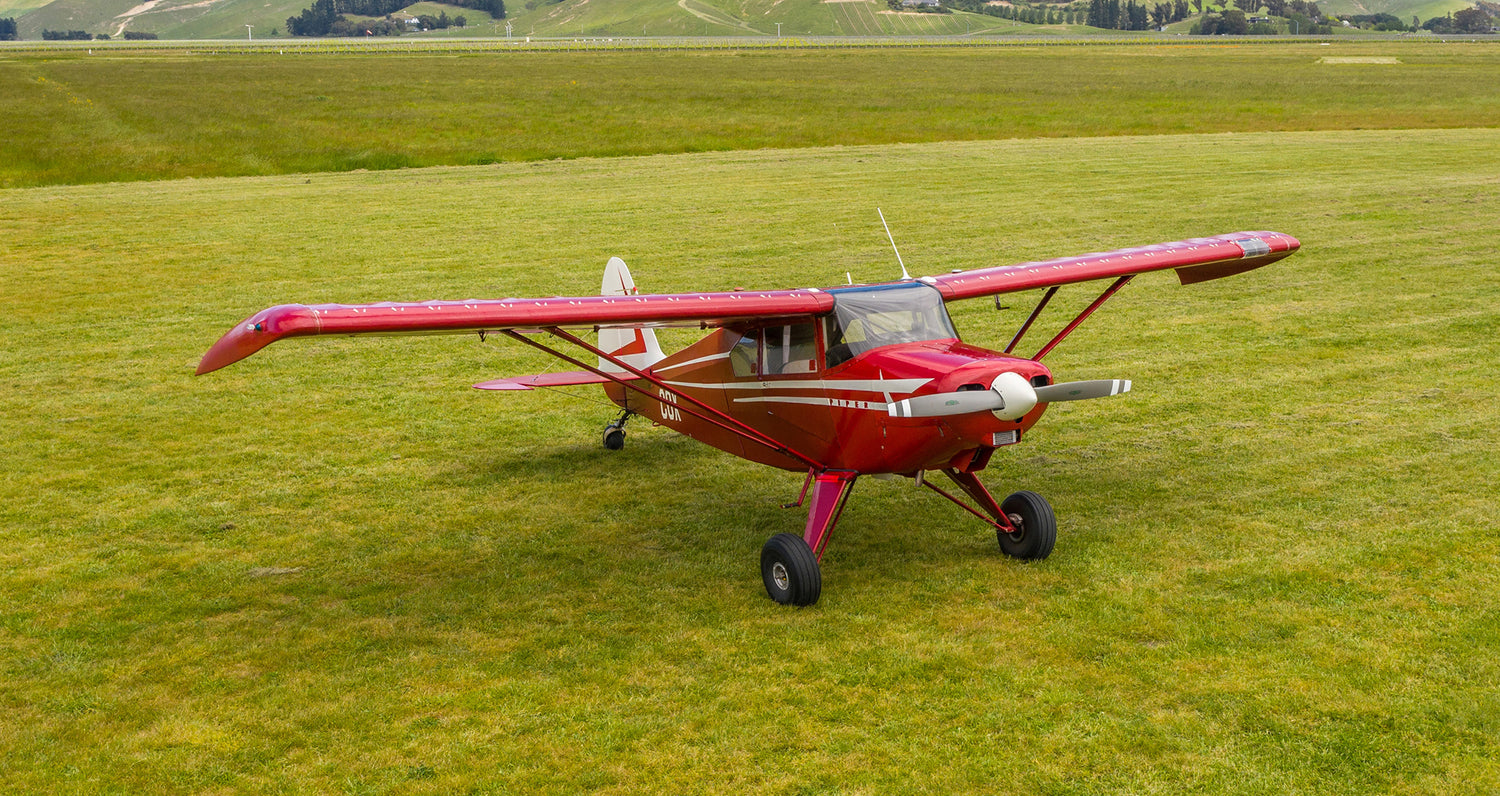The following ratings can be obtained with the Marlborough Aero Club:
Instructor Rating
The C Category Instructor Rating course is available to those Pilots that have a CPL(A) Licence and have an interest in teaching people how to fly, whether for fun, a career or on the road to a career in the Airline Industry. Instructing is often the most common method of initial employment to enable students to consolidate their knowledge and increase their flight experience to levels required by the airline industry. Our instructor course runs for 12-14 weeks and is available on demand, subject to numbers and availability of resources.
Our instructor course involves:
≫ Instructional Techniques Theory (four-day course)
≫ Instructional Techniques Practical (25 hours dual, 1 hour spinning instruction)
≫ Aerodynamics
≫ All Pre-flight Briefings
Course Cost Breakdown
| COMPONENT | AMOUNT (Prices as of 2021) |
| Ground Theory Component | $10,000 |
| Instructional Techniques | $1,100 |
| 30 Hours Flying | $8,100 (Based on PA-38) |
| Flight Test | $1700 + Aircraft Hire (Approx. 1.4hrs) |
| Licence Issue fee | $131 |
Type Ratings
In New Zealand every type of aircraft you fly, you need a competency check flight with an instructor. The flight evolves all the basic and emergency procedures for that aircraft. Once the Pilot is deemed competent, it is signed off by the instructor in the pilot’s logbook. Once your type rating has been signed off you are free to fly the aircraft with passengers, as long as you stay current with 3 take-offs and landings every 90 days. The average Type rating takes 1.0 – 2.5 hours to complete depending on the Pilots ability and experience.
Marlborough Aero Club has 4 aircraft to give type ratings on:
≫ Piper Tomahawk (2 seat trainer/ tourer)
≫ Cessna 172 (4 seat tourer)
≫ Piper Cherokee 151 (4 seat tourer)
≫ Piper Pacer (Tailwheel – 4 seat tourer)
≫ Victa Airtourer (Aerobatic 2 seat aircraft)
The M.A.C Instructors have experience in a variety of other aircraft. If you have an aircraft that you would like to be type rated in, get in contact with us and we can arrange to get it done for you.
Tail Wheel Rating
Marlborough Aero Club is a fantastic place to experience and learn to fly tail wheel aircraft. We have 1 tail dragger, priced at a competitive rate. The average length of time for obtaining a tail wheel rating, is approx. 5 hours of training. If you already have tail wheel experience the type rating may be shorter, depending on your ability and experience. Our main tail wheel trainer is the Piper Pacer, this is the ideal trainer with side-by-side seating, with a 160hp engine. The Pacer is the perfect step before getting into the bigger and more powerful tailwheel aircraft.
The Tail Wheel Rating Syllabus:
≫ Standard aircraft type rating manoeuvres
≫ Circuit Three Point Landings
≫ Wheeler Landings including Tail down Wheeler
≫ Cross Wind Landings
≫ Short field take offs and landings (This is commonly performed out on airstrips)
Night Rating
Achieving a night rating allows you the advantage of flying after Evening Civil Twilight. Either for safety or a new challenge, a Night Rating is almost a must have. Night Ratings are normally achieved over the winter months when the Nights are earlier and longer. We train out of Woodbourne Airport with all the required lighting and the advantage of flying within controlled airspace at a quieter time. Night flying is a lot of fun and a great skill to have. Pilots are free to arrange to come out for a night flying experience, if they are not interested in doing a full rating.
PPL Requirements:
≫ Students must have at least 2 hours instrument flight time in aeroplanes, including at least the full panel requirements before undertaking night flight training.
≫ 5 hours in aeroplanes which is to include 2 hours of dual instruction and 2 hours of solo flight.
CPL Requirements:
≫ 10 hours in aeroplanes which is to include 4 hours dual instruction and 5 hours (including 10 take- offs and 10 landings) as pilot-in-command.
Students must have at least 2 hours instrument flight time in aeroplanes including the following instrument flight manoeuvres before undertaking night flight training:
≫ Straight and level flight: Maintain heading to a required accuracy of ± 5 degrees, ± 100 feet altitude and in-balance.
≫ Medium & Rate 1 turns: At least 180 degrees turns left and right, in-balance, to within ± 10 degrees of pre-selected roll-out heading with a maximum altitude variation of ± 100 feet.
≫ Climbing and descending: To pre-selected altitudes. Level flight to be re-established at the pre- selected altitude ± no more than 100 feet.
≫ Unusual attitude: Prompt and correct recovery from unusual attitudes.


